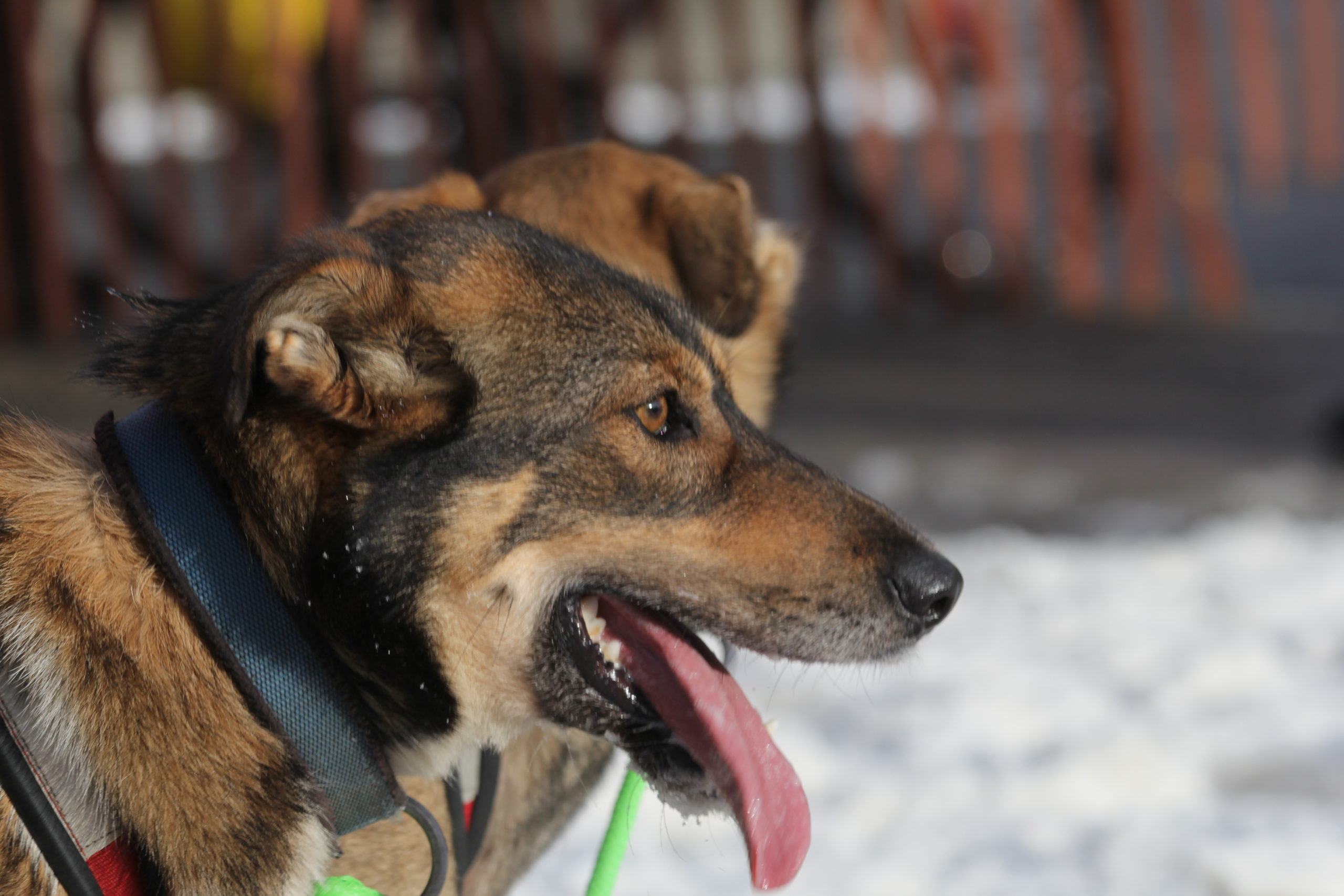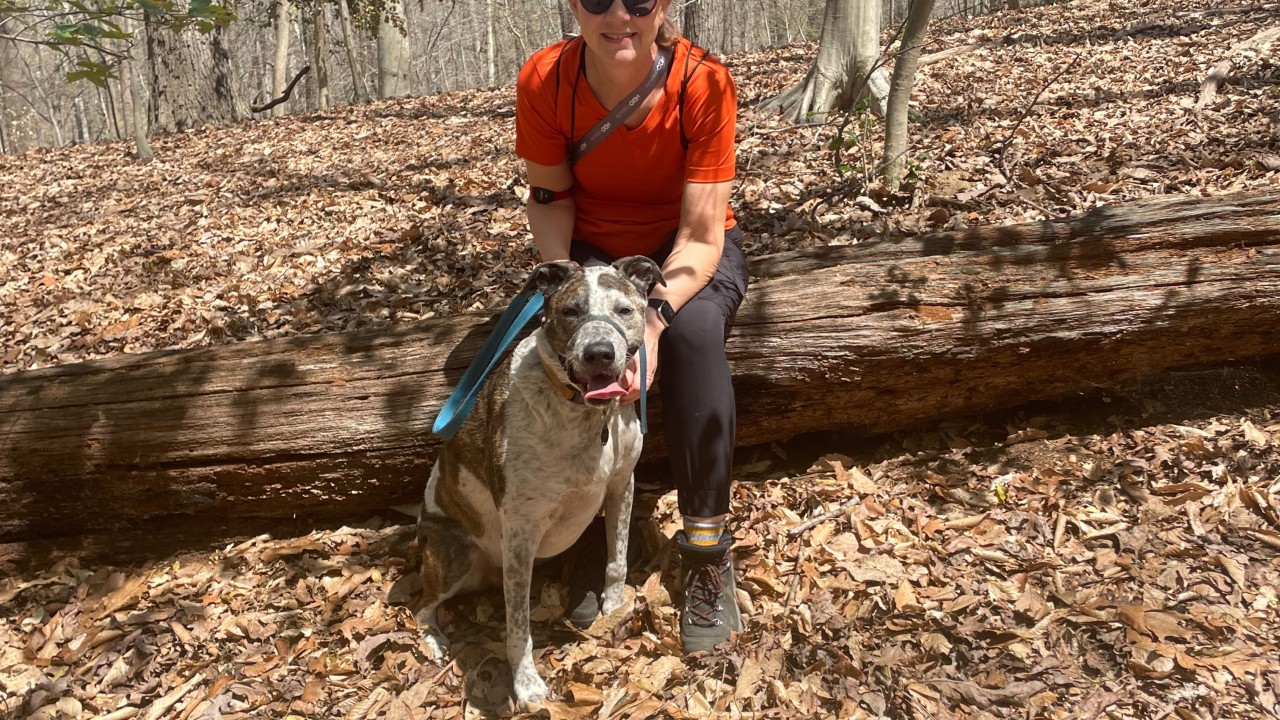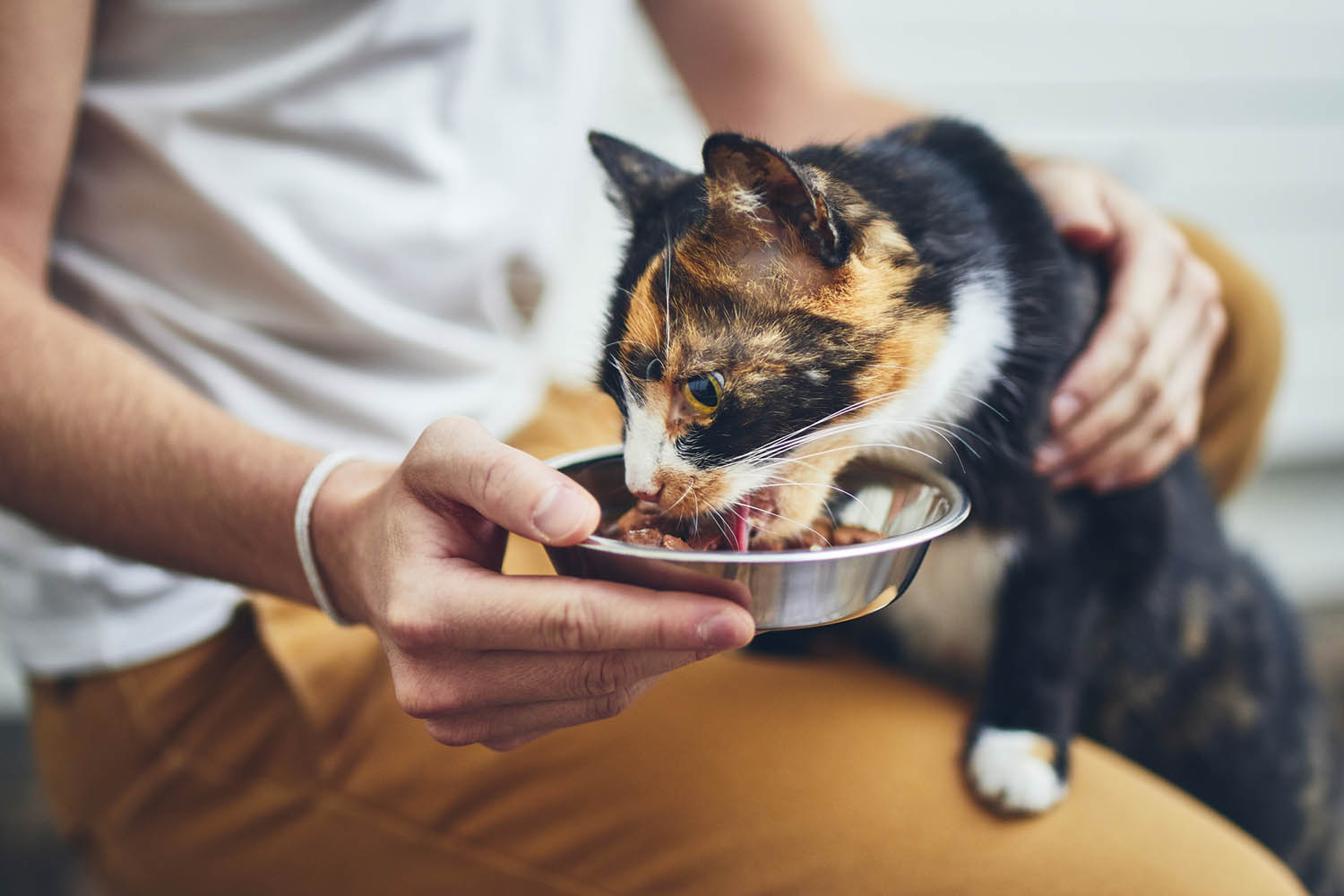Join the Pet Food Institute (PFI) as we continue our look at pet food, from A to Z. Click here to re-visit our previous post on Vitamin E.
While trends in human diets may lead pet owners to reconsider fat in their four-legged family member’s meals, fats are actually an important part of complete and balanced nutrition for dogs and cats. In this blog post, PFI will explore the importance of fats in pet food and why your pet’s meals require certain fatty acids.
Why Fats?
We may think of fat as something to cut out, but in fact, it is a critical part of pet health. Alongside protein and carbohydrates, fats comprise one of the three nutrient groups that provide energy for pets. Made up of fatty acids, fats also support your pet’s shiny coat and healthy skin. As noted in PFI’s Nutrition from Nose to Tail, they are important to every structure in the body, including a pet’s vision and immune system. In addition, fat assists in the absorption of the fat-soluble vitamins (Vitamins A, D3, E and K) that your pet requires.
Fats in Pet Food
Fatty acids are classified as either “essential fatty acids” (EFAs) or non-essential fatty acids. A pet cannot synthesize EFAs on his or her own and will require them in their diet. Two classes of EFAs specifically help support pet health and will be included in a complete and balanced cat or dog food recipe: omega-3 and omega-6 fatty acids.
Even between dogs and cats, animals require different EFAs. For example, cats are not able to produce the omega-6 fatty acid known as arachidonic acid, while dogs are able to. As such, a complete and balanced cat food recipe must provide the proper amount of this particular EFA. The amount and ratio of different EFAs are listed in the Association of American Feed Control Officials’ (AAFCO) Official Publication, which includes model state regulations for pet food.
The ratio of fatty acids and the overall amount of fat in a pet food recipe is critical and, while omega-3 and omega-6 fatty acids have many health benefits, a balanced recipe formulation is essential to pet wellbeing. For example, a pet’s diet that is too high in fat (for example, he or she may eat too many table scraps) may develop pancreatitis or gain weight due to consuming excess energy. A pet can also have symptoms indicating that his or her diet that is too low in fat, such as a poor-quality coat and dry skin. It is important for pet owners to consult with a veterinarian if they have questions about the appropriate amount of fat in their pet’s diet.
On the Pet Food Label
When selecting pet food, shoppers will see a minimum percentage of fat included on the “Guaranteed Analysis” (GA) of a pet food label. While listed as “Crude Fat,” this term does not indicate the quality of the nutrient or ingredients used, but instead is a term used to describe the method of measuring the nutrient content. Don’t forget when comparing wet and dry pet foods, the GA will look different due to the increased moisture in wet pet food. We provide tips on how to make an apples-to-apples comparison here.
Pet food makers may use a range of ingredients to ensure their recipes provide the appropriate amount of fat and ratios of EFAs that your dog or cat requires. This can include fish and fish oil, animal fats. and vegetable oils such as corn and soybean oil. Pet food makers may supplement a recipe, as well, and that supplement will be provided on the ingredient list.
Source: National Research Council. Nutrient Requirements of Dogs and Cats. The National Academies Press, 2006.



